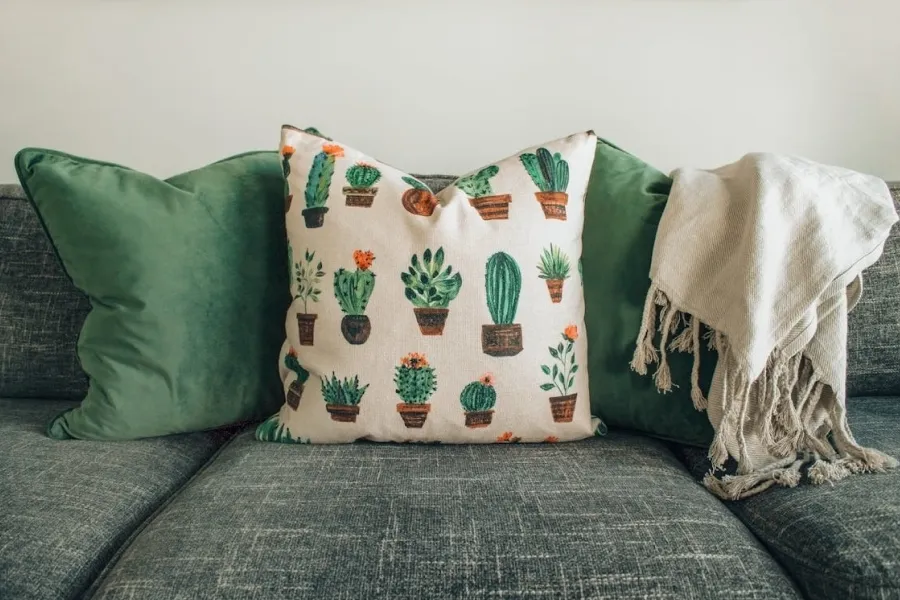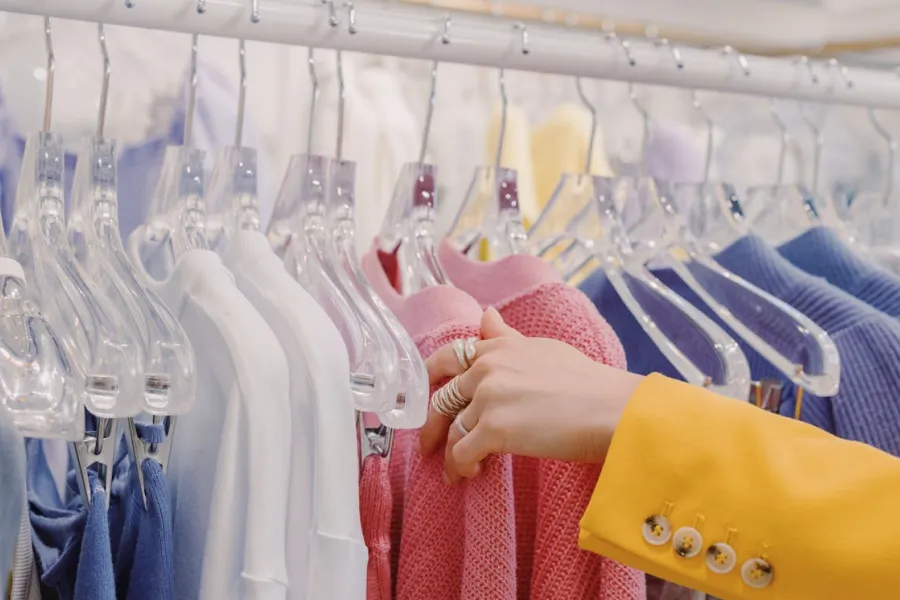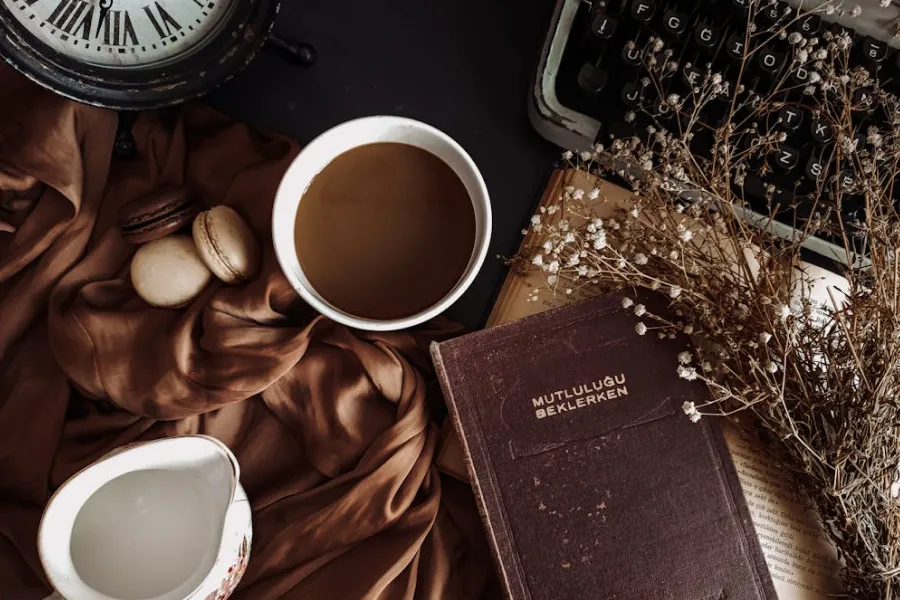
Every creative project starts with a spark of inspiration. But without the right color coordination tips for creative projects, even great ideas can feel unfinished. Color directs mood, defines emotion, and builds harmony. Whether you’re styling fashion looks, decorating a room, or designing a handmade piece, the shades you choose matter. That’s why mastering how to match colors in design projects is a game-changer.

Color is never neutral. Every shade carries a message. A soft pastel whispers calm, while a bold red demands attention. Without planning, clashing tones create confusion. Artists and designers rely on color harmony techniques for artists and creators to ensure every element works together. That’s why structured tools like the Color Palette Planning Guide for Every Season are so valuable. They save you from endless trial and error by providing palettes designed for balance and impact.
This approach benefits everyone. Fashion lovers use it for outfits, interior designers for room planning, and creators for visual projects. With planned palettes, every design feels intentional and polished.
Creative people often face color overwhelm. Should you choose warm tones or cool? Muted shades or bold statements? Coordinating tones for visual aesthetics becomes easier when you follow a clear system. Instead of guessing, you build a palette that reflects your purpose.
Here’s a simple framework many designers use:
Following these steps ensures your work feels intentional. The seasonal method inside the palette guide makes this process effortless. It helps you select colors that work together naturally. Whether you design a capsule wardrobe or a room makeover, this clarity keeps projects consistent and stylish.
Applying theory in real life transforms the way you work. Let’s look at some examples. A fashion stylist uses seasonal palettes to create looks that stay fresh yet cohesive. An interior designer builds a living room with complementary shades, avoiding mismatched chaos. A hobbyist making home décor applies creative color matching for DIY projects to make crafts look professional.
Imagine designing a summer outfit. Without guidance, you may choose colors that clash. With seasonal planning, you pick bright tones paired with subtle neutrals. The result feels stylish without effort. Now think about redoing a kitchen. Instead of mixing random paint colors, you use curated palettes. Your space instantly feels coordinated, like it belongs in a design magazine.
And beginners benefit the most. With easy color theory tips for beginners, even first projects look refined. You don’t need years of training to achieve balance — just the right tools and structure.

Colors shape emotion. That’s why marketing teams, stylists, and artists take color psychology seriously. Blue promotes calmness and trust. Green symbolizes growth and harmony. Yellow creates energy and warmth. Red suggests passion and intensity. Understanding this gives you control over how your project feels.
Seasonal palettes simplify this process. For example:
By aligning mood with season, your creations feel natural and timeless.
Creative flow feels great, but chaos costs time. Without a plan, you spend hours reworking mismatched choices. With the right palette, you begin with harmony. The Color Palette Planning Guide for Every Season ensures you start strong. Ready-made palettes speed up your work and free your mind for creativity. Instead of doubting choices, you create with confidence.
Color coordination works like a muscle. The more you practice, the stronger it gets. Over time, your eye learns which tones pair naturally. You start recognizing patterns in fashion, interiors, and graphics. Until then, guides and structured tools keep you from making mistakes. They act like training wheels until balance becomes second nature.

Every creator hits a wall at some point. Too many options cause creative block. Having a palette guide gives you a starting point. It’s not about limiting freedom — it’s about giving you direction. Whether dressing for an event, planning a brand identity, or crafting handmade goods, palettes make the process smooth.
Color coordination tips for creative projects aren’t just theory. They’re practical strategies that save time, improve quality, and build confidence. The right resources turn uncertainty into clarity. With curated seasonal palettes, you’ll always have a roadmap to stylish results.
Instead of struggling with clashing colors, you’ll create designs that flow, resonate, and inspire. That’s the power of mastering coordination — it transforms every project into something memorable.
Leave a comment